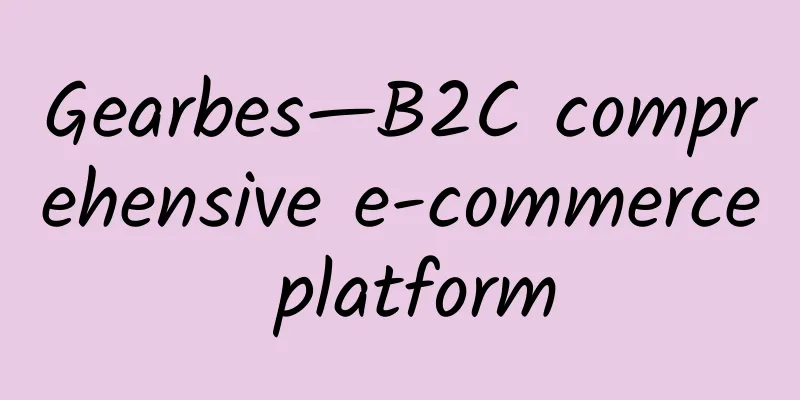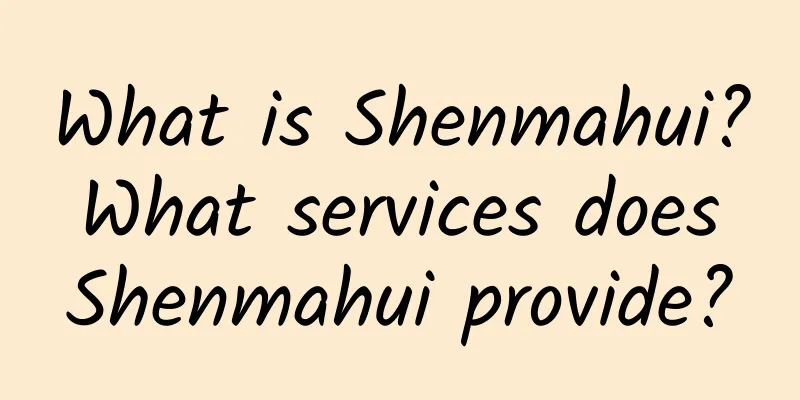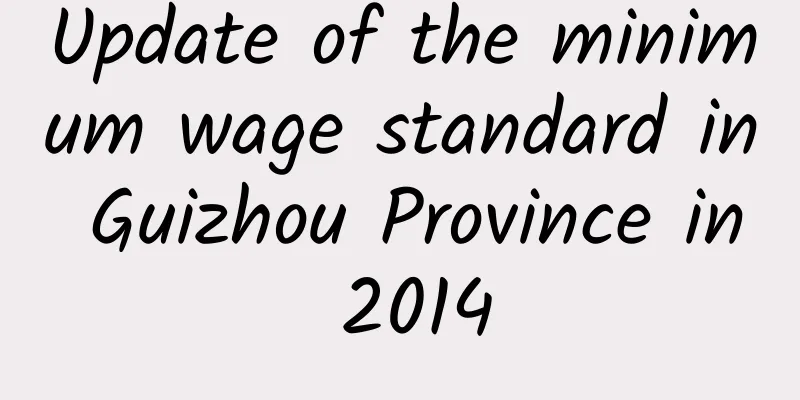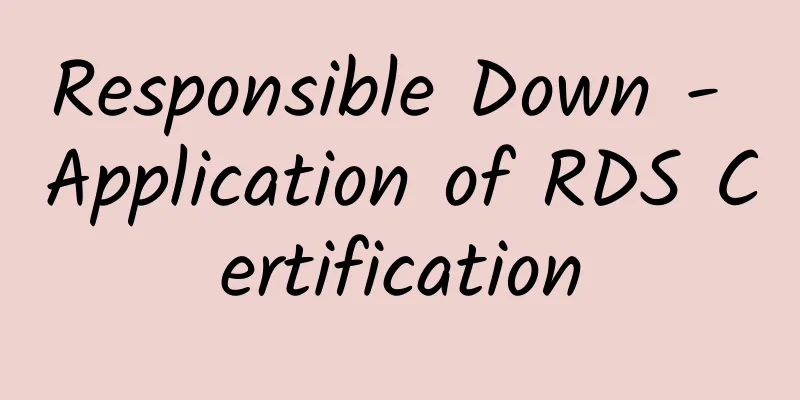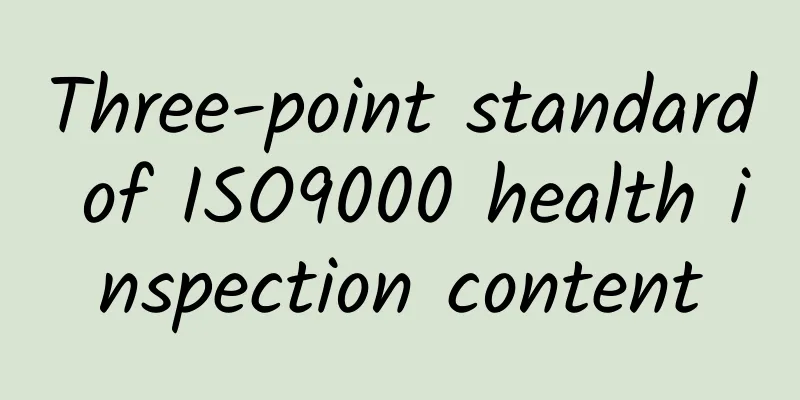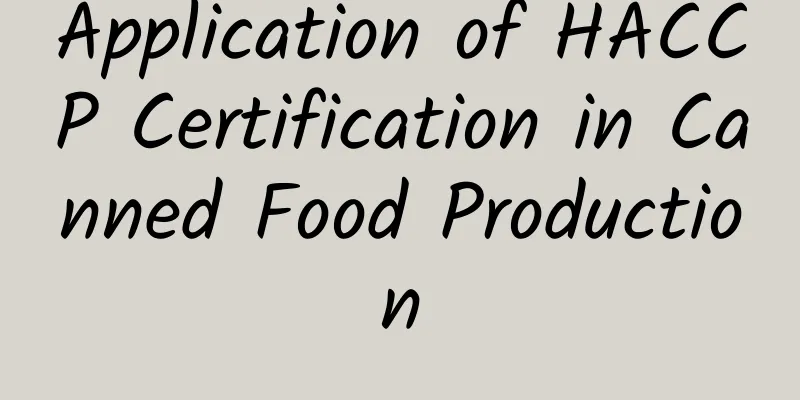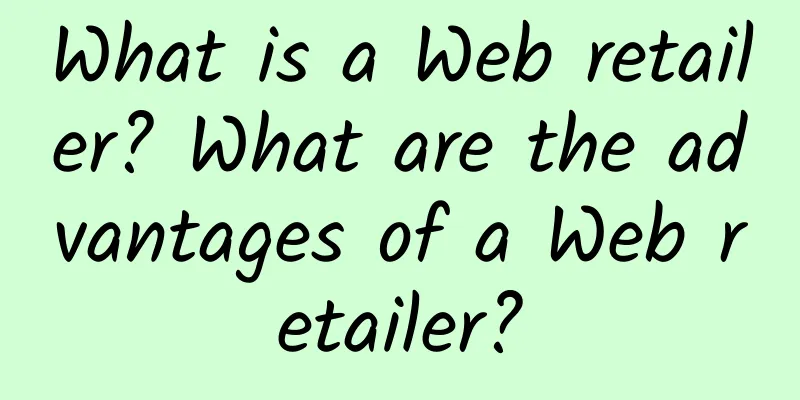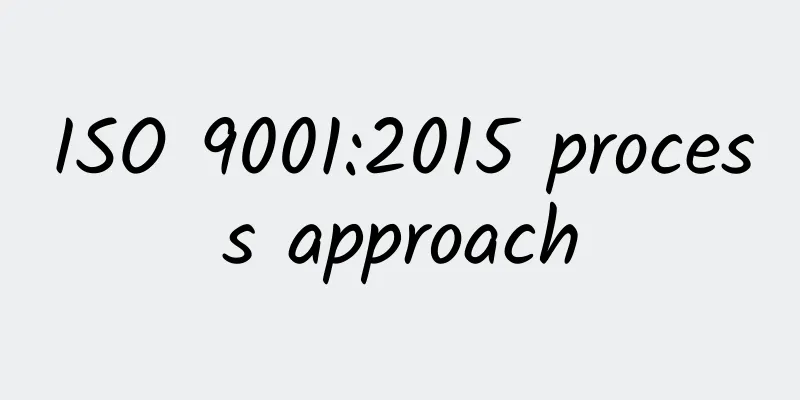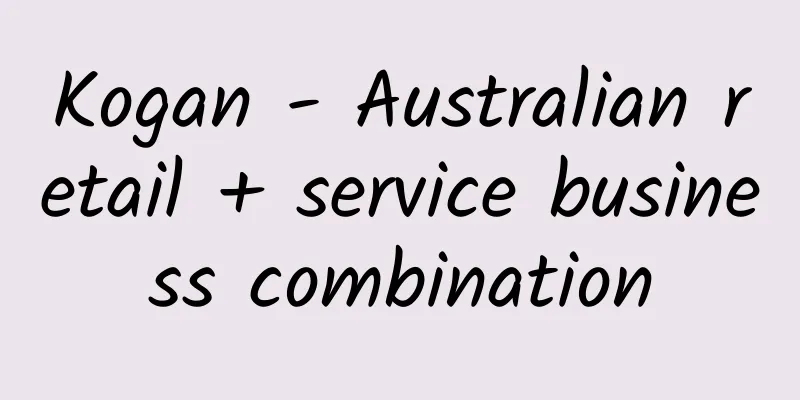What are the requirements for customs clearance in Japan? What products cannot be cleared?
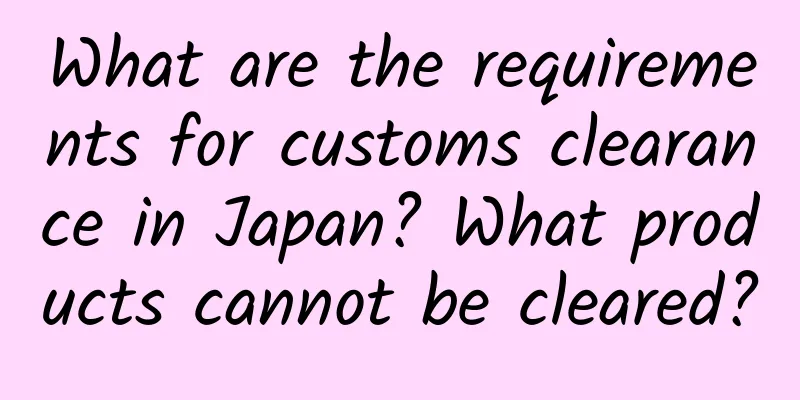
|
What are the requirements for customs clearance in Japan? 1. Japanese taxes include: customs duties (determined according to the business code) and consumption tax (10%) 2. The declared unit price must be at least 30% of the normal saleable price (the minimum declaration standard recommended by foreign customs clearance personnel, which needs to be adjusted according to customs requirements) 3. Only one product name can be packed into a single box (e.g. the same product with different colors, styles and models needs to be packed separately) 4. If the product has gifts, the customs clearance information needs to be presented truthfully, and the declared unit price can be reflected as 0; 5. The declared PCS quantity must be consistent with the actual packing and strictly in accordance with the bill of lading; 6. The logo on the product and its packaging must not contain infringing patterns, designs or words; 7. The warehouse label of the outer box needs to reflect the number of boxes. Please strictly follow our operating requirements: Such as: XMEPS-JP-KIX4 1-20 (and so on 2-20, 3-20) MADEINCHINA 8. If inspection is required, there are three types: X-ray, open container sampling, and bonded warehouse unpacking inspection. Among them, the bonded warehouse inspection fee is the highest; 9. The normal customs clearance time is 3 working days. If there is an inspection, the customs clearance time is about 7-10 working days. During the customs clearance process in Japan, which products cannot be cleared? 1. Products for children under 6 years old: Toys, baby bottles, nipples, bibs, etc. for children under 6 years old are clearly marked on the product packaging. 2. Contact with mouth and skin: Chopsticks, spoons, forks, bowls, cups, kettles, thermos bottles, etc. 3. Related to medicine and medical equipment: Medicinal scented tablets (such as camphor balls, etc.), syringes, water flossers, medical kits, medicine bottles and jars, B-ultrasound machines, blood pressure monitors, massagers, etc. 4. Related to beauty and hairdressing (please consult and confirm before shipment): Manicure equipment, massager, pore cleaner, beauty instrument, blackhead remover, hair remover, sprayer. Hair curler, hair straightener, electric clipper, nail instrument, etc. 5. Food containers and kitchen utensils: Tools that come into direct or indirect contact with food, such as whetstones, cake molds, baking trays, knives, etc. 6. Objects containing gas: Yoga balls, table tennis balls, golf balls, and other outdoor and indoor sports spherical objects. This is the end of the introduction to Japan customs clearance in this issue. If you want to get more information about Japan customs clearance, please pay attention and we will continue to answer you~ |
<<: What support policies does Vova currently have? Is Vova easy to do?
Recommend
Some issues in Walmart's SCS factory audit
When Walmart conducts a partial audit of the SCS ...
Coca-Cola factory audit content - environmental protection
Coca-Cola factory audit content - environmental p...
Common electrical safety issues and solutions during BSCI factory audits (I) Using flammable wood products in distribution boxes
Problem phenomenon: The distribution box uses fla...
All BSCI members who need factory inspection (three)
JOY factory inspection consultation/certification...
Briefly introduce the steps to establish ISO14000 environmental management system
Briefly introduce the steps to establish ISO14000...
Mattel factory inspection and environmental protection knowledge
Mattel factory inspection and environmental prote...
Benefits of passing A&F factory inspection
(1) Establish a management system that meets inte...
The significance of OHSAS18000 occupational safety and health management system certification
What is the significance of OHSAS18000 occupation...
Shanghai Super Network explains what are the obligations of ETI
ETI is composed of three parties: companies, trad...
Guangdong Province Wage Payment Regulations
(Adopted at the 16th meeting of the Standing Commi...
How is Xiji.com? What services and advantages does Xiji.com have?
How about Xiji.com? Xiji (www.xiji.com) is an int...
FSC forest certification, why choose Shanghai Chaowang?
Today, economic globalization has brought develop...
Why Nykaa, India's top online beauty retailer, focuses on physical stores
Nykaa, one of India’s top beauty e-tailers, is ch...
What products are the most profitable on Lazada in 2020?
With the popularity of the Southeast Asian market...
Ann Taylor and Urban Outfitters fell; Goldman Sachs downgraded the two companies
Ann Taylor and Urban Outfitters fell; Goldman Sac...

